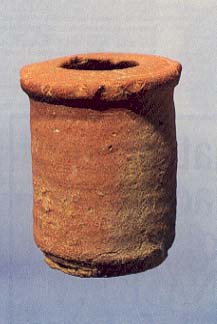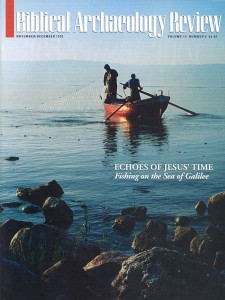Qumran—the Evidence of the Inkwells

The nature of the settlement at Qumran, adjacent to the caves where the Dead Sea Scrolls were found, continues to be a hotly debated topic among scholars and the educated public alike. The entrants in the debate are (1) a military fortress, a contention supported by Norman Golb of the University of Chicago; (2) a winter villa, a contention recently advanced by Robert Donceel and Pauline Donceel-Voûte, associated with the universities of Louvain and Fribourg in Belgium, who have been engaged to complete the final excavation report on the site by the École Biblique in Jerusalem; and (3) the traditional interpretation proposed by the excavator Roland de Vaux many years ago: an isolated religious community, which some have described as a kind of monastery.
The arguments for each of these contentions have recently been canvassed in the pages of this magazine. (See Hershel Shanks, “The Qumran Settlement—Monastery, Villa or Fortress?” BAR 19:03 Shanks opts for de Vaux’s original interpretation.
Already a library member? Log in here.
Institution user? Log in with your IP address.

